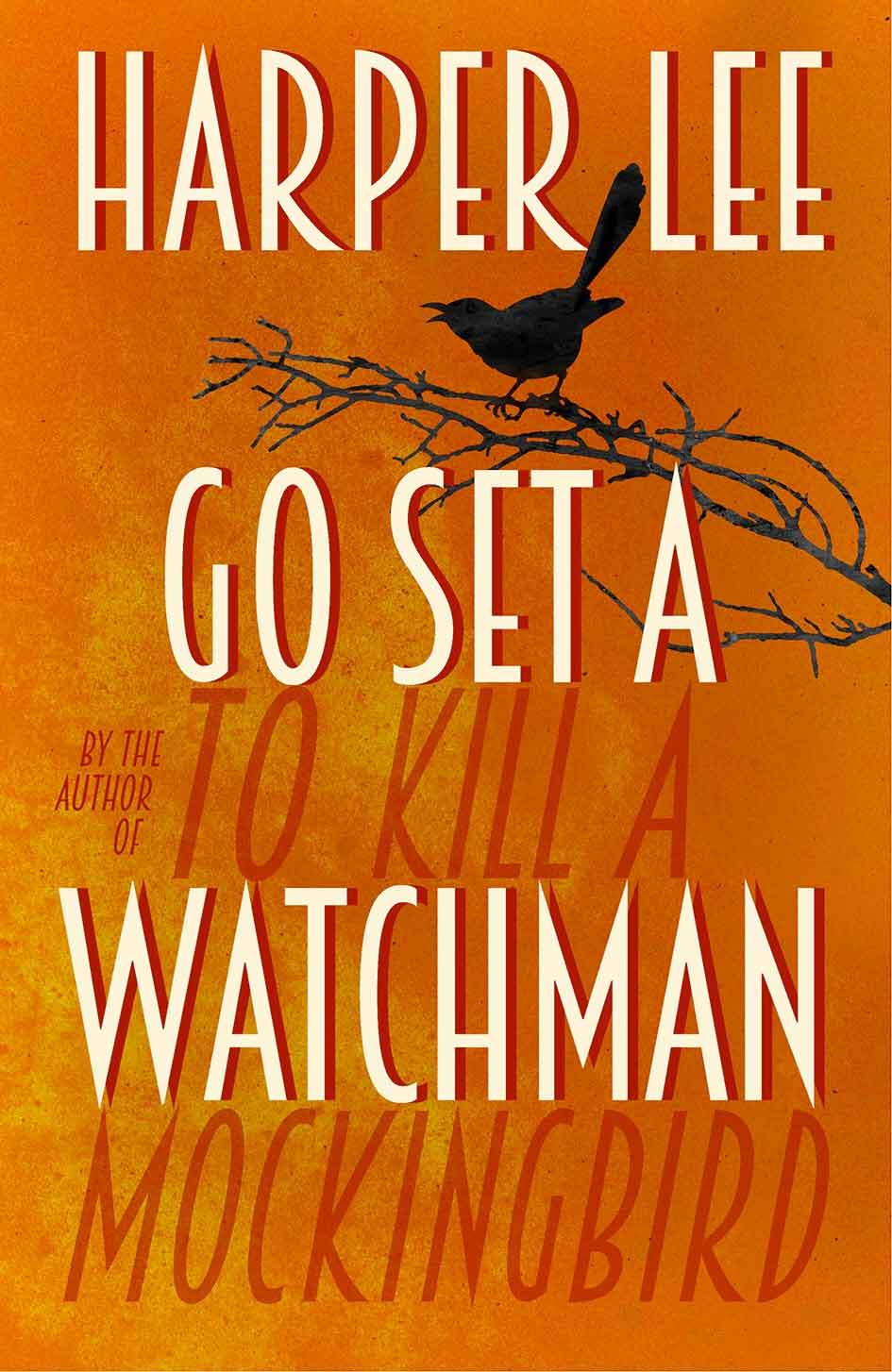
Released on hardback, eBook and audiobook on the 14th July 2015, it capped an enigmatic career of one of the best loved authors of the last few generations. The oddity of the proceedings, releasing one astounding novel in 1960 before releasing its sequel fifty-five years later with nothing in between, is pretty unique in itself and highlights the rarity of such a writer, who seems only inclined to publish a book if it is worthy of a Pulitzer Prize.
However, to add even more unusual complexity, Go Set A Watchman was actually written before To Kill A Mocking Bird, going on to be the inspiration for the story of Scout and her family, friends and troubles in Maycombe, Alabama, which we’ve all come to know so well. It was written in the late 1950s as one of Harper Lee’s early full manuscripts, in fact the only other to remain alongside its younger predecessor, and elements of it were rewritten to form the foundations of the story of Mockingbird.
It’s set some twenty years following the events of the summers of 1933-35, which so famously culminated in the death of Bob Ewell and the solitary sighted emergence of Arthur “Boo” Radley. Jean Louise Finch (Scout) returns to the tired old town of her childhood to visit her father Atticus and finds that it holds just as many lessons for her as an adult as it did for her 6-year-old former self.
Scout faces another turning point in her life as she confronts both her father’s attitude towards society and her own feelings and interpretation of the town that she grew up in. With such a challenging past behind her, which comes flooding back as soon as she returns, she finds that she’s still working out what it all means in terms of her own moral and political outlook on life.
Some may well have assumed that Harper Lee had said what she wanted to say back in 1960, and that it was looking unlikely that she would say it all again, but in the release of Go Set A Watchman it would appear that the author has a little more clarification on the themes from the previous novel. The problem is that there are many that believe that this is not necessarily the case, which has divided opinions about the release for fans of the writer.
The controversy behind the new publication is that there’s a certain amount of conjecture about whether or not Harper Lee was of sound mind when she gave authority for the book to be published at the age of 88. Friends and people who know or have known the author seem to be split with some saying that she knows what she’s doing and other claiming she’s been coerced into releasing the book. In fact, the situation has gotten so serious that a complaint had been filed with Alabama’s Department of Human Resources resulting in an inquiry into elder abuse.
A definitive answer to this may not have arrived before the book arrived as such, but that didn’t stop it from being one of the year’s big releases, and having read the book we can’t help but just be happy to have been given an opportunity to hear such an amazing literary voice once again. It’s far from an easy read as such, as it dissects some of the key figures from Mockingbird, but it is another momentous publication from the writer – you can read more about our analysis of the book in our review.
However you look at the publication of Go Set A Watchman, you can’t help but get swept up in the thrill of reading more of Lee’s work. Even now, we struggle to think about the enormity of To Kill A Mockingbird and the seemingly one-time genius of its author in creating it without getting a little misty eyed. The opportunity to read more of her work and for it to be so intrinsically linked to the characters from the first book has been one of this century’s literary events, much in the same way as Mockingbird was in the last century. We just hope that if we do get to see things from all sides of the fence that it was a free hand that laid out the gift in the bow of the tree.


